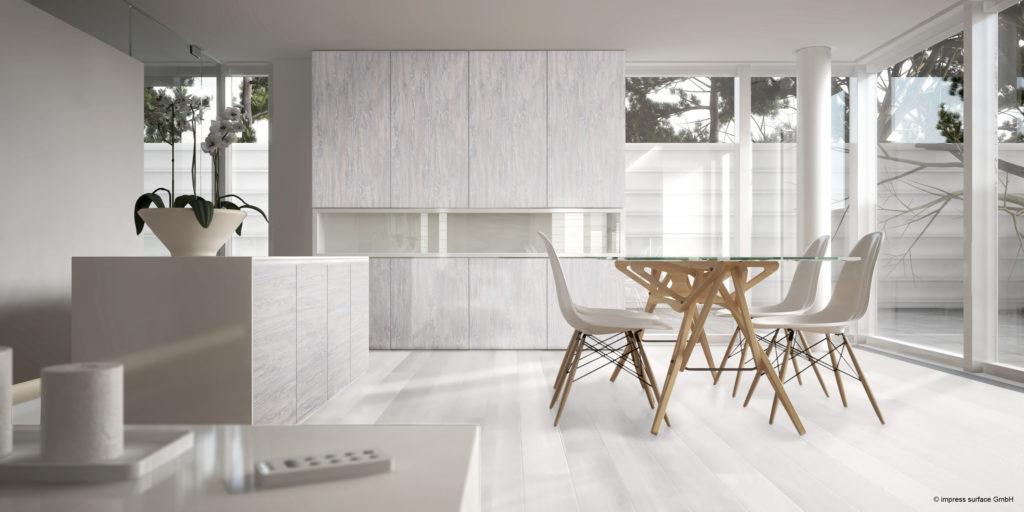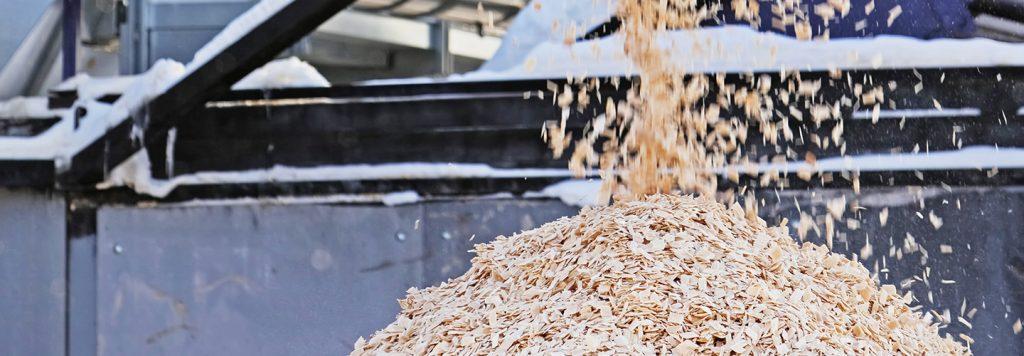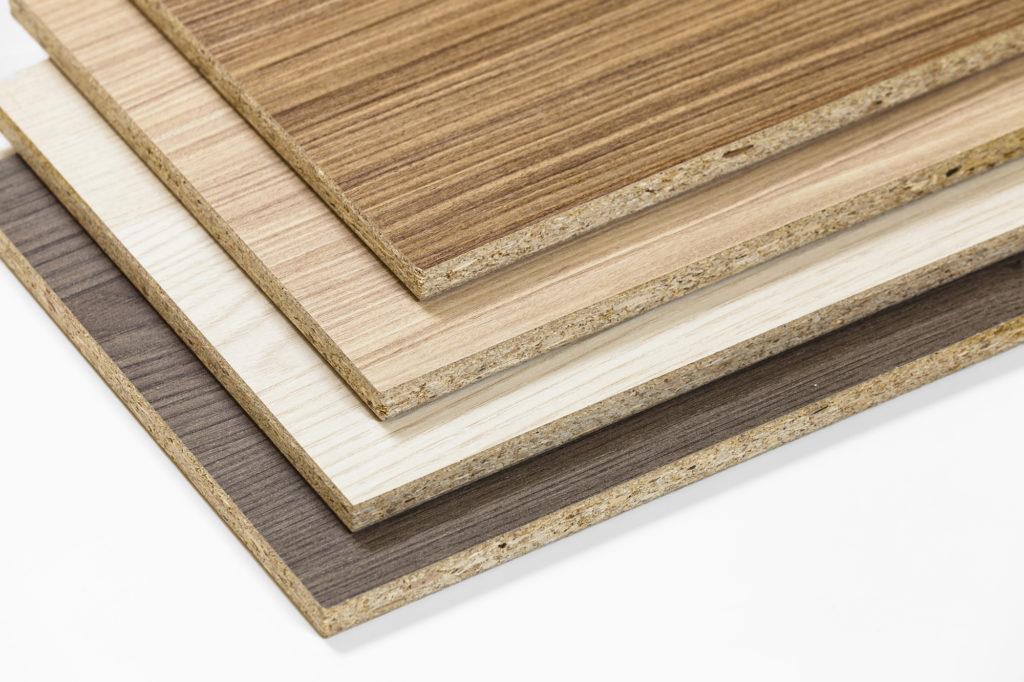
From the forest to the top product – the presentation of chipboard unit
The domestic chipboard comes from the only Finnish chipboard factory in Järvelä. We can boldly challenge users of our products who are able to match those of other manufacturers. We are proud responsible for the manufacture of our chipboard, taking into account the health and safety effects. We supply chipboard for various construction applications, furniture and fittings, as well as means of transport.
Every builder has worked and used chipboard, and everyone can find chipboard from our homes. Chipboard is indeed the most well-known building board and has its reasons; firstly, chipboard is a wooden board that has no causal direction when the strength class of the board, i.e. class P, is correct, it is strong, easy to machine and handle. Chipboard strength values can be relied upon; the strength is uniformly good and is similar in its various directions and humidity living is small.
Chipboard is indeed wood; as a raw material, we are using by-products from own production facilities; chips and sawn dust. The amount of resin is less than 10% and our coated chipboard meets M1 requirements. It is possible to order the chipboard we manufacture with TSCA or E0.5 formaldehyde emission class and find our base board in the Swan Label construction database.

70% of the wood raw material of chipboard is sawdust and the rest 30% are various wood chips. Our own sawmill and plywood factory act as suppliers of wood raw material; we strive to take advantage of all possible by products; this is recycling at its best. The wooden raw material is clean, and it also provides us the opportunity to create solutions; tailor the strength properties of our products to the needs of our customers. As a resin, we use urea or melamine urea formaldehyde resin made in Finland, formaldehyde concentrations are very low today and more low-emission solutions are constantly being worked on.
Chipboard is made from wooden raw material and resin by pressing three different layers together; the thinner chips of the surface layer and the bigger chip of the middle layer so that the surface becomes denser than the middle layer of the board. In addition to the strength classes according to the standards, we have the opportunity and, above all, the ability to adjust and develop the density profile to meet the strict requirements of our customers.
The journey of wood chips in the production of chipboard begins in a chip cutting plant. The different size of chips are sorted according to sizes before drying. The initial moisture content of the chips is about 120% and the targeted final moisture content is about 2%, ie water disappear a lot. The drying temperature is high, 350 – 550 Celsius degrees and almost all of the required dryer fuel comes from our own production facilities in the form of wood dust. The drying has a flue gas scrubber, which removes small particles.
After drying, the chips are size sorted according to the surface and medium chip recipe required by the final product. The surface and middle chips are also glued separately and fed to gluing machines, where water, wax and hardener are possibly mixed into the chips. The surface to center chip ratio is also determined by the thickness of the board, and when the scatterer guides the chips through the track onto the wire, it forms a planar three-layer wood composite preform that contains decades of expertise in cost-effective customization of strength values in addition to wood raw material and resin.

After sprinkling, that wood composite board is transferred to the press; At a pressure of 30 kg / cm2 and a heat of 225 Celsius degrees, a flat and planar chipboard preform is pressed for about 10 sec / mm, the thickness of which is controlled by continuous automation. After pressing, the preform is directed to a cooling carousel to await sawing and sanding. The manufacturing conditions of each board are closely monitored, quality control and testing are carried out regularly, for us product safety, quality uniformity and the required strength values are the most important factors guiding production.
Almost half of our production is coated, and we do not only coat white melamine, we have the opportunity to coat our customers with various decors and also materials, as well as to supply products in a specified size or machining. Chipboard plays an important role, and not only in end-uses for their lifetime, the increasingly cleaner and more environmentally friendly particle board is recyclable and its story as a carbon-binding product only continues after each use.

Writer is Koskisen’s panel industry’s Head of Procurement and Quality Anna-Maaret Roppola